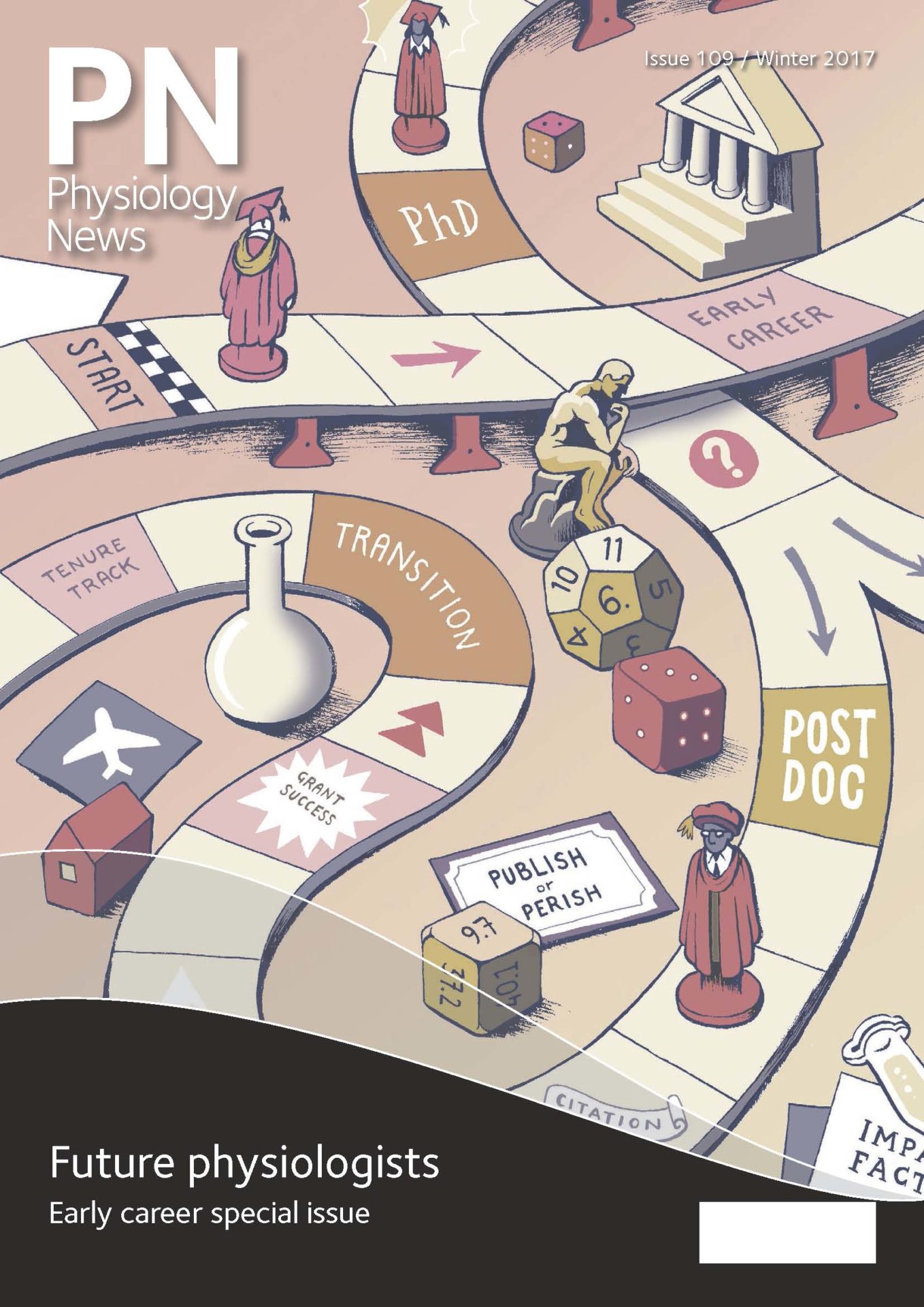
Physiology News Magazine
Getting your first paper published – shedding light on unwritten rules
News and Views
Getting your first paper published – shedding light on unwritten rules
News and Views
Kim E Barrett
Editor-in-Chief of The Journal of Physiology, University of California, San Diego
https://doi.org/10.36866/pn.109.8
Authorship
Writing a paper can be intimidating, but there is no ‘one way’ to do this. Start by deciding the authors of the paper as early as possible – this is important to avoid clashes or disagreements in the future. Authors should always be notified of any submission on which they are an author, as they are accountable for what is being published and will be contacted if ethical issues arise. Issues about patents and copyright should also be considered, as certain stakeholders may legally need to check your paper before it is published.
Choosing the right journal
A journal is like a community, so choosing the right journal is important. You want your work to be appreciated by the right editors, referees and target audience. Decide on the journal before beginning the write up, as this can help the manuscript comply with certain journal guidelines and formats (e.g., some journals may prefer a more translational style of writing, and others are much more focused on basic research). Be sure to read the journal guidelines and scope to make sure your paper is appropriate for submission and that you have conformed to their policies on animal/human ethics and study design.
Writing your paper
A good paper should tell a story – it should have a well thought-out hypothesis, a sound experimental design, clear tables and figures, and should contribute to the understanding of the subject area. The essential parts of a manuscript are the introduction, methods, results and discussion.
You should write up the methods section as soon as possible and start writing up the results as you obtain them throughout your research. Some journals, such as The Journal of Physiology, have no page limits or charges, so you won’t have to limit what is written in this section. The methods should describe the study design and be detailed enough for others to repeat the experiment. It is also compulsory to include, in all reputable journals, the appropriate approvals for animal or human studies. Adding the results should then tell the story of what your research has found.
The discussion is the hardest section for new researchers to write. This section is to
‘discuss’ what has been found, rather than repeat what was presented in the results. The most important thing to write is whether you have proved or disproved your hypothesis. The phrase ‘We are the first to show…’ should be avoided, as it’s already assumed that the paper is showing novel research (and you can never be completely sure). The discussion should link the hypothesis from the introduction to the conclusion as well as be speculative and look at the wider significance of the findings.
The introduction should be written last and has the aim of getting the reader interested in the topic. This section gives the readers the chance to familiarise themselves with the subject area and gives a good overview of the research. To encourage readers to read on, avoid a summary of results in this section. Writing this section last will also ensure that you only introduce the area of the field on which the results build – not your entire knowledge of the subject as a whole.
Once you have finished the paper, a good title and abstract must be written – these elements are what the majority of readers will see first, and may be the only parts they see! Keeping these concise and specific will help with the discoverability of the paper.
Responding to reviewers
After submitting your paper (avoiding any sloppy mistakes) you have the excitement of anticipating the reviews from experts in your field! The major reasons for a submission being rejected include a paper being inappropriate for the journal, a poorly designed study, a poorly written paper, or a paper being merely confirmatory or incremental.
If your paper is returned for revision, be sure to address ALL comments from the reviewers and thank them for their time. Try to understand what the reviewers are really saying – if they did not understand your work, is it because you didn’t present it clearly in the first place? Don’t argue with the reviewers but stand firm if you truly think this is the right thing to do.
Ethical issues
Ethical cases are increasing in scientific literature, so here are some tips to help avoid ethical pitfalls. Do not beautify blots or images by editing the contrast or removing blemishes, and be sure not to copy exact wording from another publication, even your own.
Common ethical issues which arise are figure manipulation, data fabrication/falsification, plagiarism, and animal and human welfare concerns. Many journals routinely use software to check for duplicate manuscripts and alterations in figures.
Closing thoughts
Getting published is an essential part of a researcher’s career. It establishes expertise and is crucial for grant applications and career development. With these tips, you are hopefully a step closer to getting your work published and on the route to success! Note that you can send any pre-submission enquiries to our publications team at The Journal of Physiology (jphysiol@physoc.org) or Experimental Physiology (ephjournal@ physoc.org).
